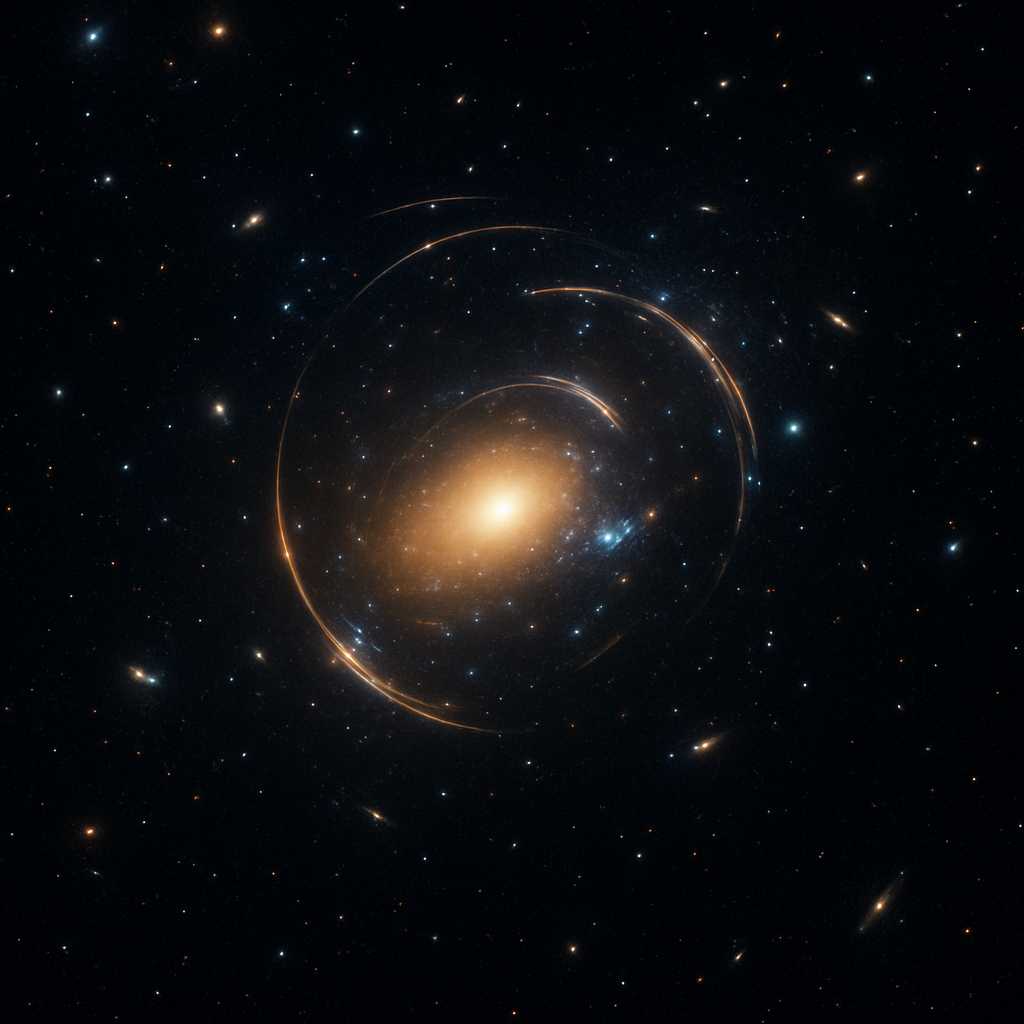When we gaze into the universe, the light from distant galaxies and stars doesn’t always travel to us in a straight line. Sometimes, it bends and warps along its path—a phenomenon known as gravitational lensing. This remarkable effect not only confirms key predictions of Einstein’s general theory of relativity, but also provides astronomers with a powerful tool to probe the cosmos.
What is Gravitational Lensing?
Gravitational lensing occurs when a massive object, such as a galaxy or cluster of galaxies, acts as a gigantic lens. Its intense gravitational field distorts and magnifies the light from more distant objects aligned behind it from our viewpoint. This results in spectacular visual phenomena ranging from stretched, arc-like images to multiple copies of the same celestial object in the sky.
A Window into the Invisible
One of the most exciting applications of gravitational lensing is its ability to reveal the otherwise unseen. For example, astronomers can map the distribution of dark matter—an invisible form of matter that doesn’t emit light—by studying how it bends the light from background galaxies. This technique has been crucial in confirming that most of the universe’s matter content is indeed dark matter, as ordinary matter alone cannot account for the observed lensing effects.
Moreover, gravitational lensing allows astronomers to detect and study distant galaxies that would be too faint to observe directly. In some cases, the lensing effect acts as a cosmic magnifier, bringing into view galaxies that existed just a few hundred million years after the Big Bang. By analyzing these magnified images, researchers gain valuable insights into early galaxy formation and the evolution of the universe.
Gravitational Microlensing: Discovering Exoplanets
At a smaller scale, a related phenomenon known as gravitational microlensing is used to find planets beyond our solar system. When a star passes directly in front of another star, its gravity can temporarily brighten the background star. If the lensing star has planets, their additional gravitational pull can tweak this brightening pattern—and provide astronomers with clues about the planets’ sizes and orbits. This method has discovered several exoplanets that would be difficult or impossible to detect by other means.
Observing the Universe with Gravitational Lenses
Major observatories and telescopes—such as the Hubble Space Telescope and the upcoming Vera C. Rubin Observatory—routinely study gravitational lensing to unlock the secrets of the cosmos. As new, more sensitive telescopes come online, astronomers expect to discover thousands of new gravitational lenses. Each of these cosmic magnifying glasses opens a new window on the universe, allowing us to peer deeper into space and further back in time than ever before.
Gravitational lensing stands as a fascinating intersection of physics and astronomy, turning the fabric of spacetime itself into a tool for discovery. If history is any guide, the next gravitationally lensed image may shine new light on some of the universe’s oldest mysteries.
—Darlene


Leave a Reply